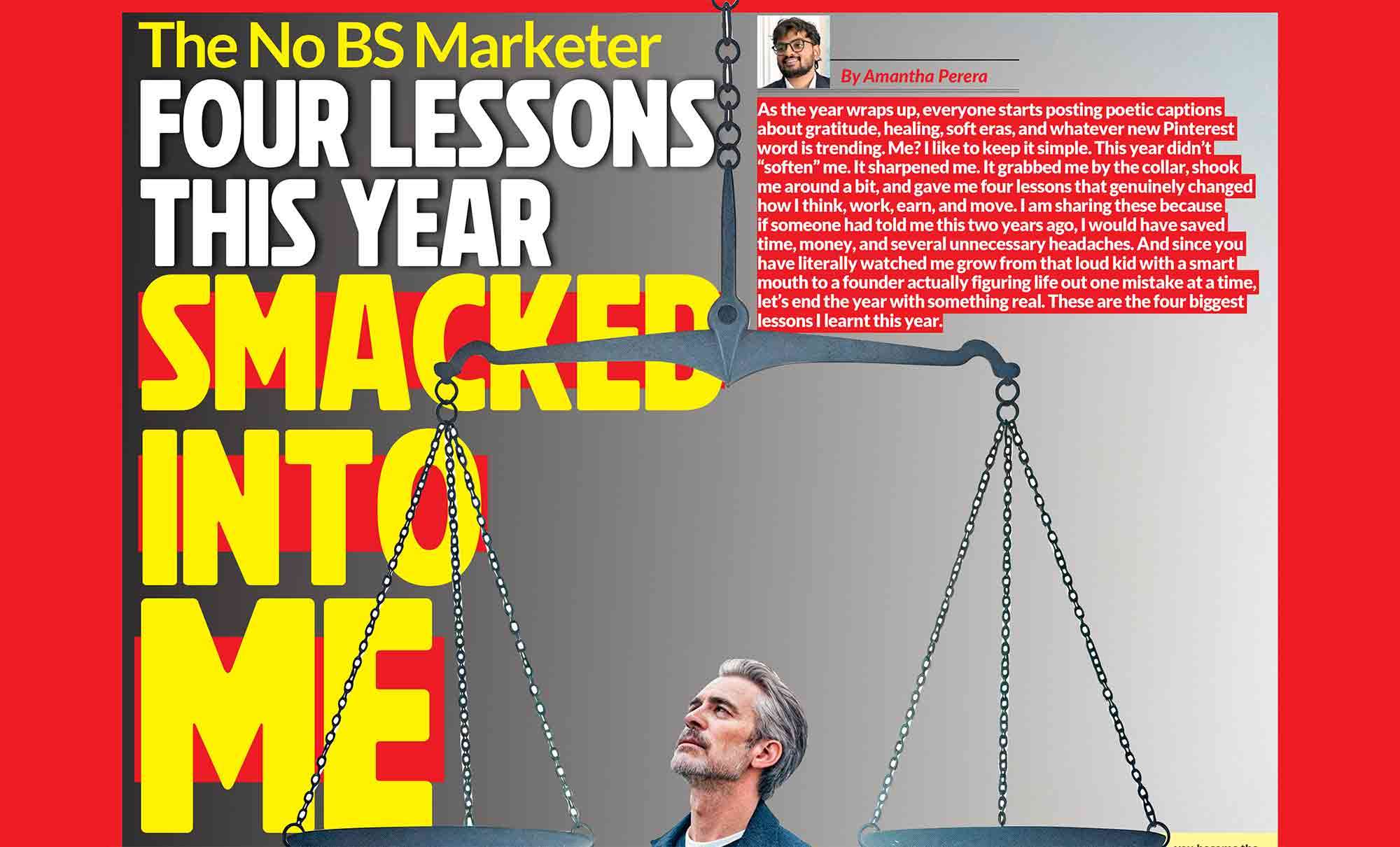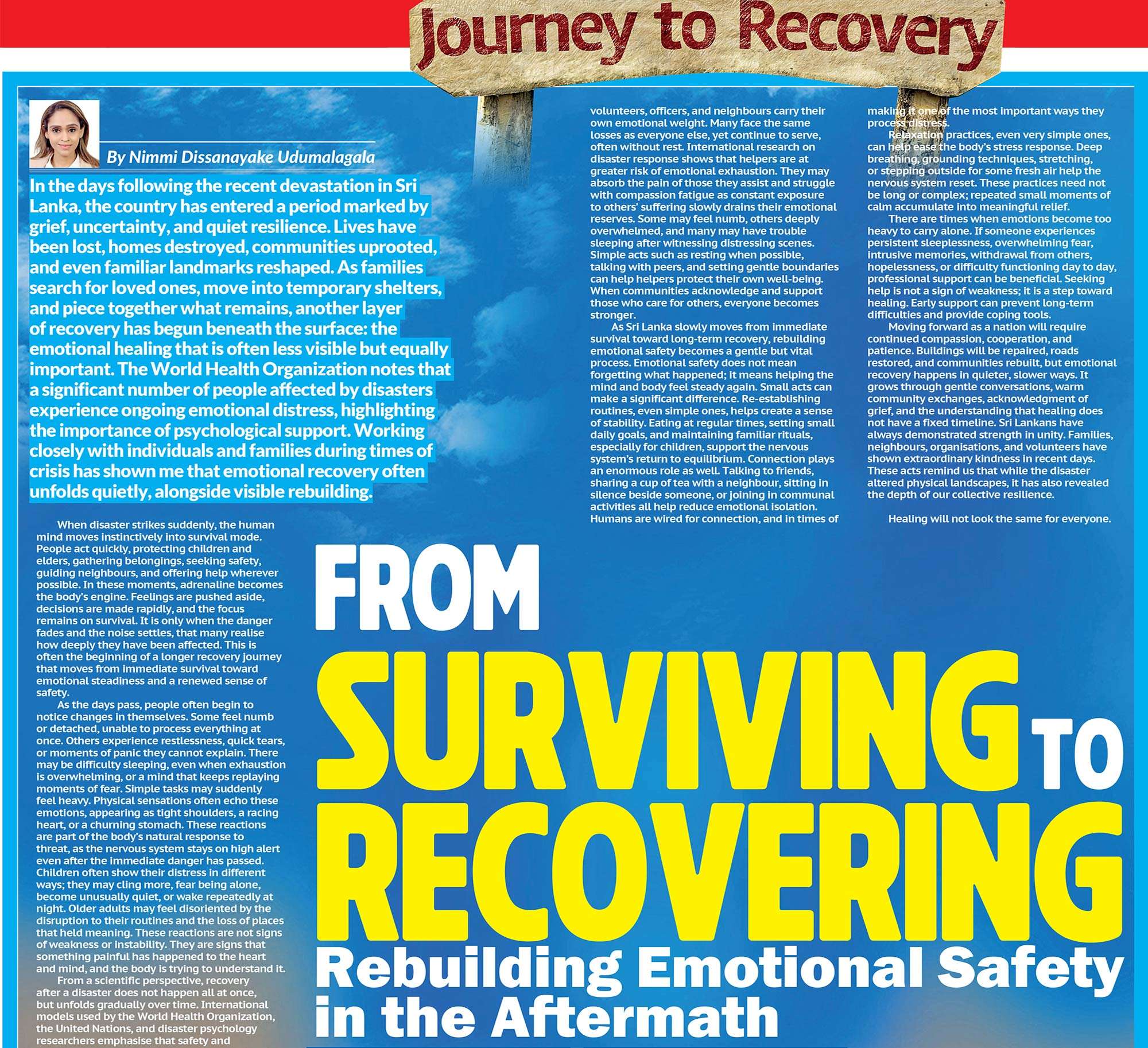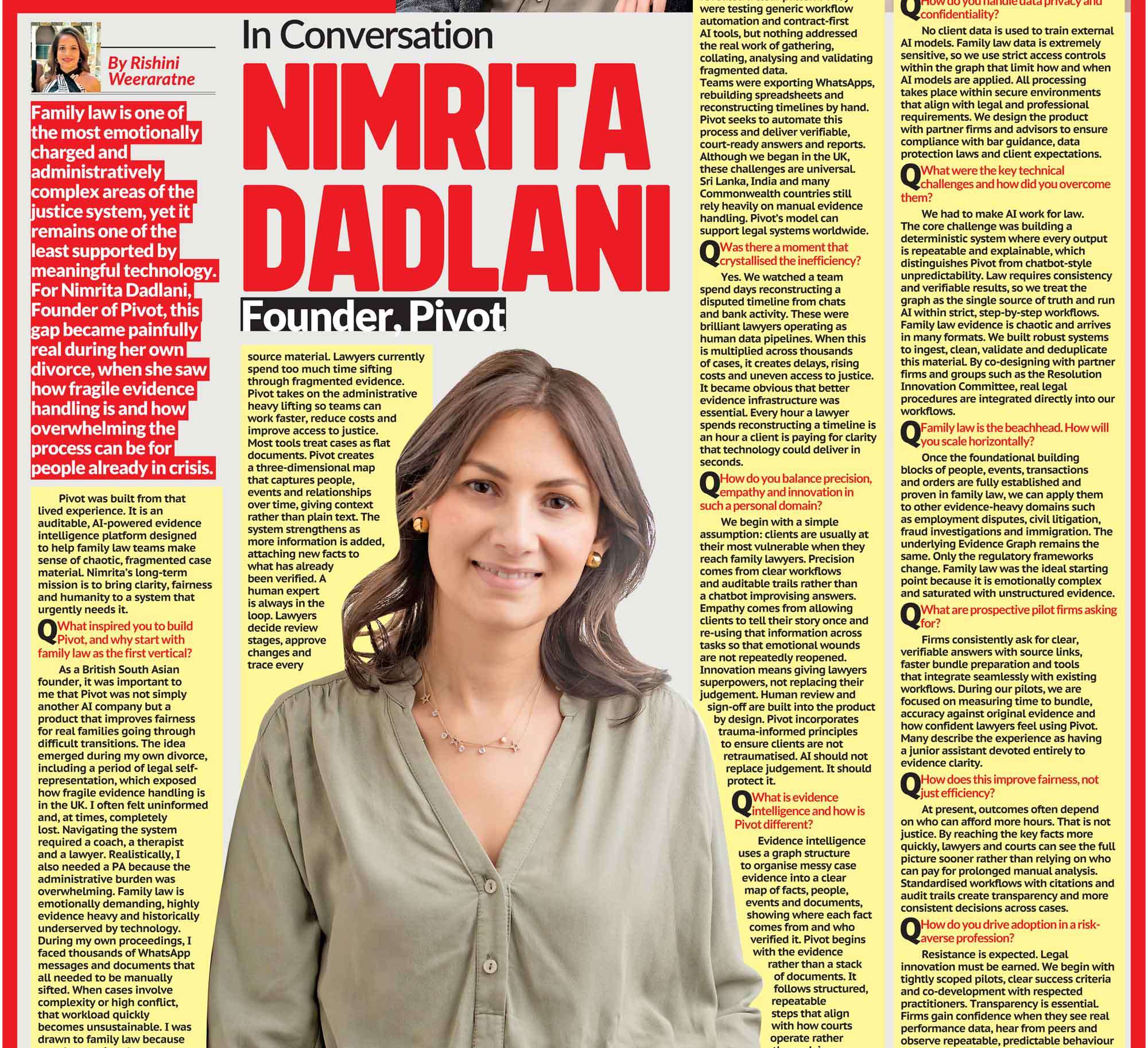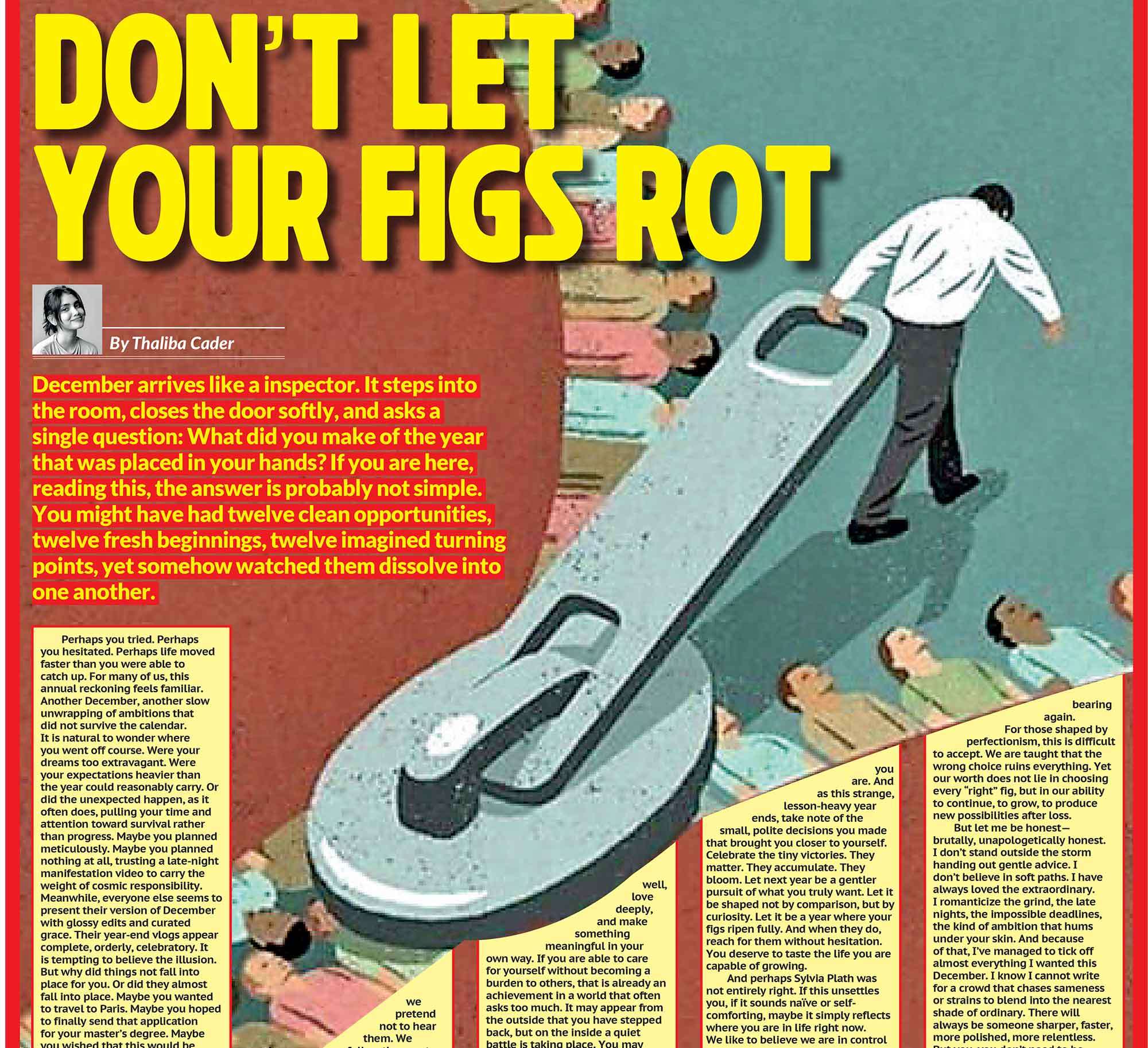
However, periodic, structured disconnection is both possible and highly beneficial. Weekend retreats, social media fasts, or evening screen curfews can offer restorative breaks without sacrificing essential connectivity. More importantly, true disconnection is not solely about switching off devices, it is about reclaiming intentionality.
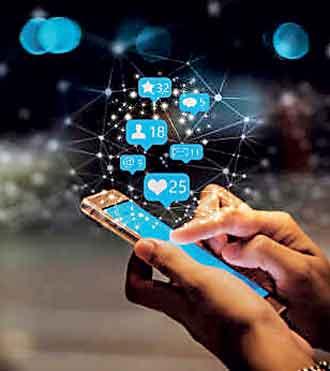 We live in an era where being “online” is no longer a choice, it has become a way of life. Smartphones, social media, instant messaging, and constant connectivity have reshaped not just how we communicate, but how we work, think, and even rest. The average person checks their phone over 100 times a day, and studies show that the mere presence of a smartphone can distract us, even when we aren’t actively using it.
We live in an era where being “online” is no longer a choice, it has become a way of life. Smartphones, social media, instant messaging, and constant connectivity have reshaped not just how we communicate, but how we work, think, and even rest. The average person checks their phone over 100 times a day, and studies show that the mere presence of a smartphone can distract us, even when we aren’t actively using it.
In response to this relentless digital exposure, a growing movement has emerged advocating for digital detoxes, intentional periods of disconnecting from digital devices and platforms to restore mental clarity, focus, and emotional well-being. But in a world that is increasingly dependent on technology, the question arises: Can we really disconnect? This essay explores the psychology behind digital addiction, the promises and challenges of digital detoxing, and whether true disconnection is possible, or even practical, in a hyperconnected world.
The Need for Digital Detox: Understanding the Problem
The push for digital detoxes stems from the growing recognition of the psychological, emotional, and physical toll that constant digital engagement can inflict. The average internet user now spends approximately seven hours per day online, with a significant portion dedicated to social media, messaging apps, and streaming services. This is not merely a matter of time consumption; it is about the quality of attention and the fragmentation of mental space. Several studies  have linked excessive screen time to anxiety, depression, reduced attention span, sleep disturbances, and lower life satisfaction. The phenomenon of “doomscrolling” - endlessly consuming negative news, has further exacerbated feelings of helplessness and emotional fatigue. In particular, the “fear of missing out” (FOMO) perpetuates compulsive digital habits, as users constantly seek to stay updated on social feeds, trending topics, and online conversations. Digital platforms, especially social media, are deliberately engineered to be addictive. Features like infinite scrolling, push notifications, and variable reward patterns (similar to gambling mechanisms) keep users hooked. According to Tristan Harris, a former Google design ethicist, these platforms are not neutral tools; they are meticulously crafted to maximize screen time, often at the expense of users’ well-being. Given these realities, the concept of digital detoxing has gained significant traction, with promises of regaining control, achieving mental clarity, and rediscovering the present moment.
have linked excessive screen time to anxiety, depression, reduced attention span, sleep disturbances, and lower life satisfaction. The phenomenon of “doomscrolling” - endlessly consuming negative news, has further exacerbated feelings of helplessness and emotional fatigue. In particular, the “fear of missing out” (FOMO) perpetuates compulsive digital habits, as users constantly seek to stay updated on social feeds, trending topics, and online conversations. Digital platforms, especially social media, are deliberately engineered to be addictive. Features like infinite scrolling, push notifications, and variable reward patterns (similar to gambling mechanisms) keep users hooked. According to Tristan Harris, a former Google design ethicist, these platforms are not neutral tools; they are meticulously crafted to maximize screen time, often at the expense of users’ well-being. Given these realities, the concept of digital detoxing has gained significant traction, with promises of regaining control, achieving mental clarity, and rediscovering the present moment.
What Is a Digital Detox?
 A digital detox typically involves voluntarily refraining from using smartphones, computers, tablets, social media, and sometimes even television for a specified period. The detox can range from a few hours each day (like “no-phone mornings”) to extended breaks spanning several weeks. Popular forms of digital detox include:
A digital detox typically involves voluntarily refraining from using smartphones, computers, tablets, social media, and sometimes even television for a specified period. The detox can range from a few hours each day (like “no-phone mornings”) to extended breaks spanning several weeks. Popular forms of digital detox include:
- Social Media Fasts: Deleting or deactivating social accounts temporarily.
- Phone-Free Zones: Banning phones from bedrooms, dining tables, or workplaces.
- Nature Retreats: Traveling to remote locations with limited or no internet access.
- App Restrictions: Using tools like “Screen Time” or “Digital Wellbeing” to limit usage.
The ultimate goal is to reduce dependency, improve mindfulness, and recalibrate one’s relationship with technology.
The Promises of a Digital Detox
Proponents of digital detoxes argue that stepping away from screens can lead to significant improvements in mental health, productivity, and interpersonal relationships.
- Improved Mental Health
Studies indicate that people who take regular breaks from social media experience lower levels of anxiety, depression, and loneliness. For example, a study by the University of Pennsylvania found that limiting social media to 30 minutes per day significantly reduced feelings of FOMO and improved overall mood.
- Enhanced Focus and Productivity
Constant notifications and app-switching fragment attention, impairing our ability to engage in deep, meaningful work. Digital detoxing can help restore the brain’s capacity for sustained concentration and reduce the cognitive fatigue associated with multitasking.
- Better Sleep
Exposure to blue light from screens disrupts melatonin production, delaying sleep onset and reducing sleep quality. Disconnecting from digital devices, especially before bedtime, can lead to more restful sleep and improved energy levels.
- Stronger Real-Life Connections
Many people report that stepping away from their phones helps them reconnect with family, friends, and even themselves. In-person conversations become richer, and activities like reading, journaling, or simply enjoying nature regain their appeal.
The Barriers to Disconnection
While the benefits of digital detoxing are well-documented, completely disconnecting is far more complicated in practice.
- Work Obligations
In an age where emails, instant messaging, and remote work platforms like Slack or Microsoft Teams dominate professional life, the boundaries between work and personal time have eroded. Many employees are expected to be perpetually available, making it nearly impossible to fully unplug without risking professional repercussions.
- Social Expectations
There is increasing social pressure to remain reachable. Ignoring texts, calls, or social media messages for extended periods can lead to misunderstandings, social exclusion, or feelings of guilt. For younger generations especially, social media is not just entertainment, it is their primary mode of communication and social validation.
- Essential Services Are Online
From navigation and banking to healthcare appointments and news updates, essential services are increasingly digitized. The practical necessity of staying connected makes total disconnection impractical, and in some cases, irresponsible.
- Addiction and Fear of Missing Out (FOMO)
Digital addiction is real. Even when people desire to disconnect, the pull of the digital world is hard to resist. The fear of being left out, missing critical updates, or losing social relevance can overpower the initial motivation to detox.
Partial Detox: A Realistic Middle Ground
Given these challenges, many experts advocate for “partial detox” strategies rather than total abstinence from technology. This approach focuses on mindful, controlled use rather than complete avoidance.
Some sustainable partial detox strategies include:
- Scheduled Screen Time: Allocating specific periods for digital use and offline activities.
- Notification Management: Turning off non-essential alerts to reduce constant interruptions.
- Device-Free Meals and Bedrooms: Creating sacred spaces that are free from digital intrusion.
- Social media-Free Days: Designating specific days (like Sundays) to abstain from social platforms.
This balanced approach recognizes the integral role of technology in modern life while creating healthy boundaries that protect mental well-being.
Is Total Disconnection Possible?
While it is theoretically possible to fully disconnect, the cost of doing so can be high in today’s interconnected society. For most people, it is neither feasible nor desirable to abandon digital technology altogether.
However, periodic, structured disconnection is both possible and highly beneficial. Weekend retreats, social media fasts, or evening screen curfews can offer restorative breaks without sacrificing essential connectivity. More importantly, true disconnection is not solely about switching off devices, it is about reclaiming intentionality. The goal is not to demonize technology but to ensure that it serves us, rather than the other way around.
The Rise of Digital Minimalism
The growing popularity of digital minimalism, a concept popularized by author Cal Newport, provides a sustainable framework for navigating the digital age. Digital minimalism encourages people to radically assess which digital tools genuinely add value to their lives and to intentionally cut out the rest.
This approach does not require complete disconnection but promotes thoughtful curation:
- Eliminate low-value apps.
- Use technology with purpose, not passivity.
- Prioritize face-to-face interactions.
Digital minimalism shifts the focus from temporary detoxes to long-term, lifestyle-oriented changes. It invites people to audit their digital consumption in the same way they might audit their diet or finances.
The Role of Tech Companies
It is also essential to acknowledge that the burden of digital well-being should not fall solely on individuals. Tech companies play a significant role in creating addictive platforms and should be held accountable for providing healthier design options. Features like screen time dashboards, app usage limits, “do not disturb” modes, and notification bundles are a step in the right direction. However, many argue that more systemic changes, such as default settings that promote limited notifications or regulated app designs that discourage addictive behaviors, are necessary to protect users on a larger scale.
Conclusion: Can We Really Disconnect?
In a hyperconnected world, complete disconnection is a luxury that few can afford. Digital technology is deeply woven into the fabric of modern life, shaping how we work, socialize, and access essential services. While temporary digital detoxes can offer mental and emotional relief, they are often not sustainable or practical as a long-term solution. What is achievable, however, is intentional, mindful technology use. Through partial detoxes, digital minimalism, and deliberate boundary-setting, people can reclaim agency over their attention and cultivate healthier relationships with their devices. Ultimately, the goal is not to escape the digital world but to navigate it with conscious control.
The future of digital well-being lies not in complete disconnection but in strategic connection. In learning when to plug in and when to step away, we can create a balanced, empowered life where technology enhances rather than dominates our human experience.


